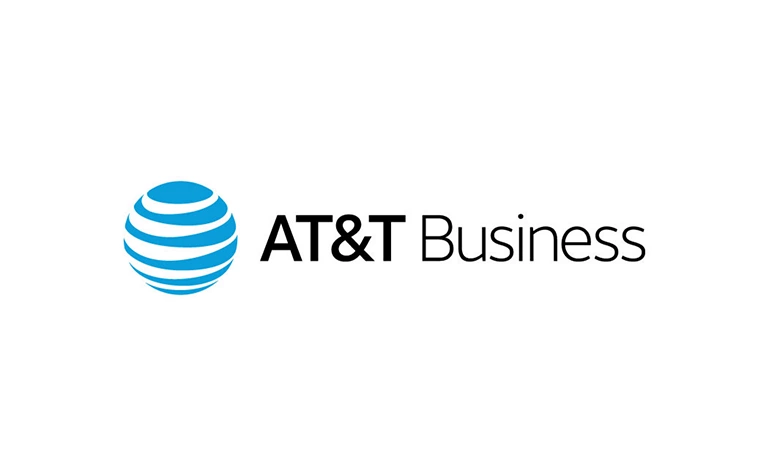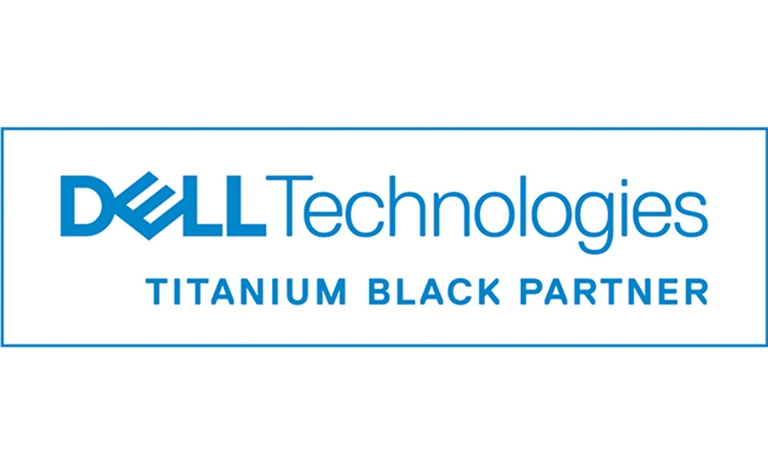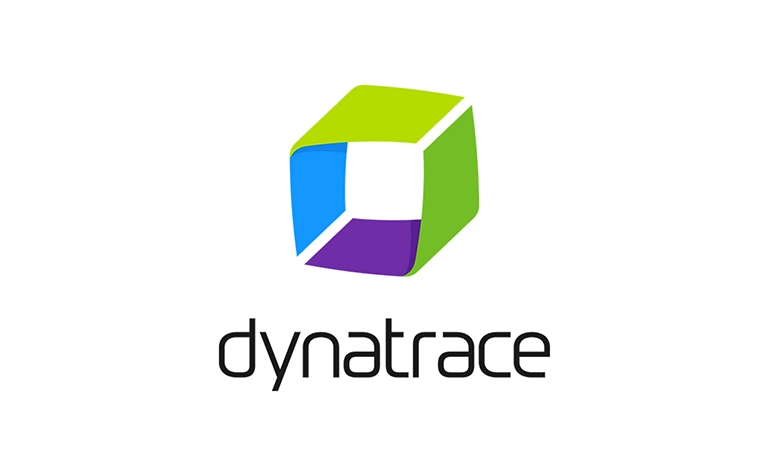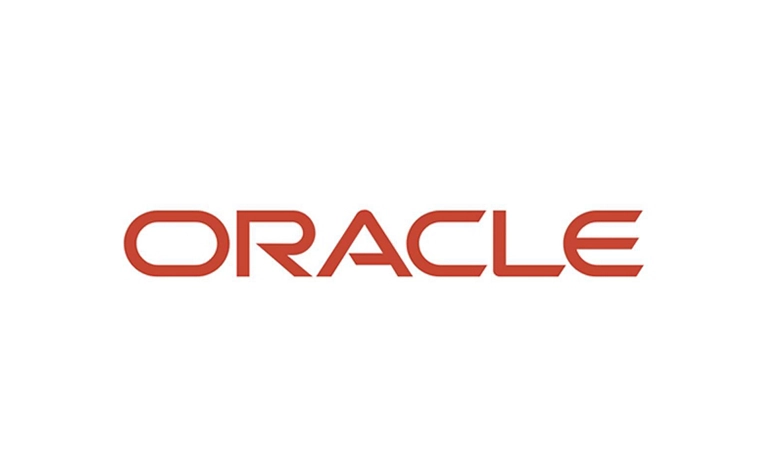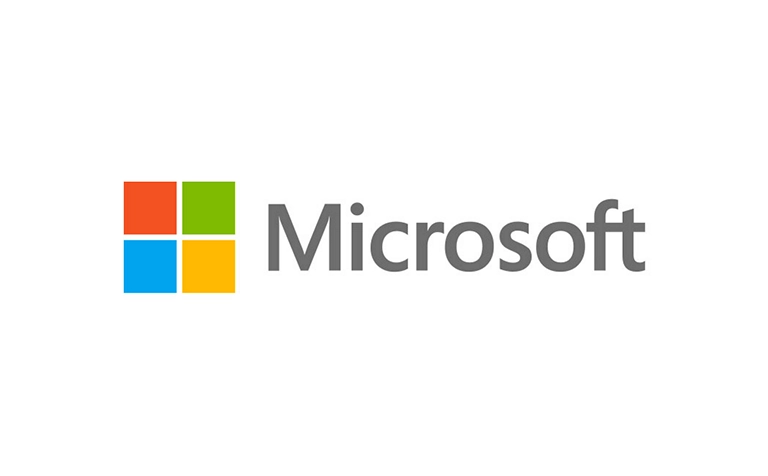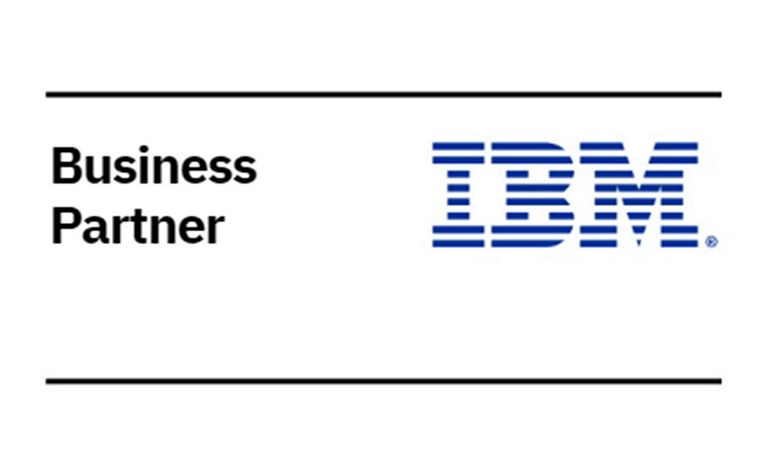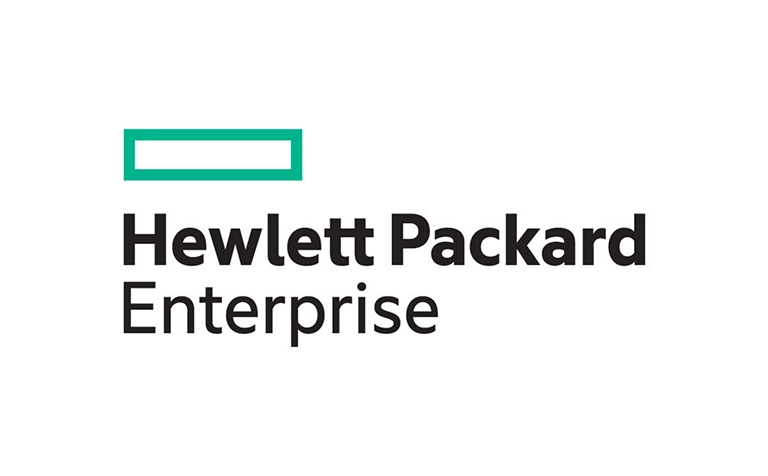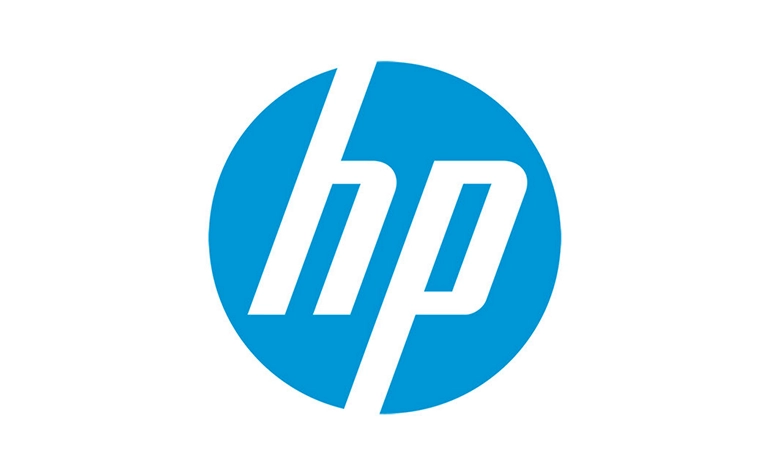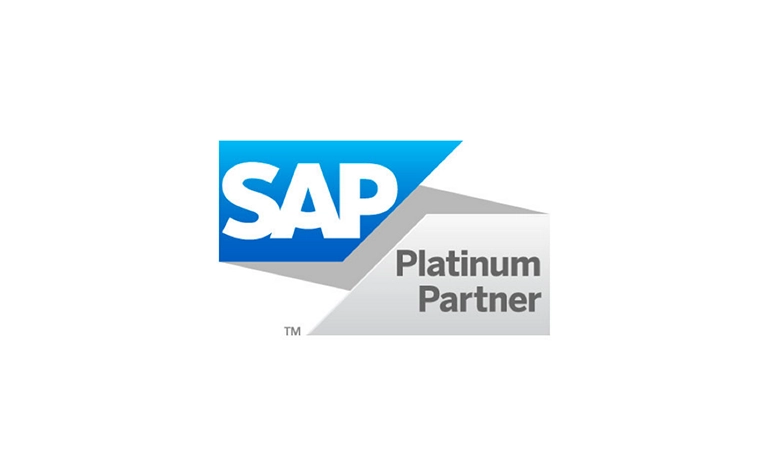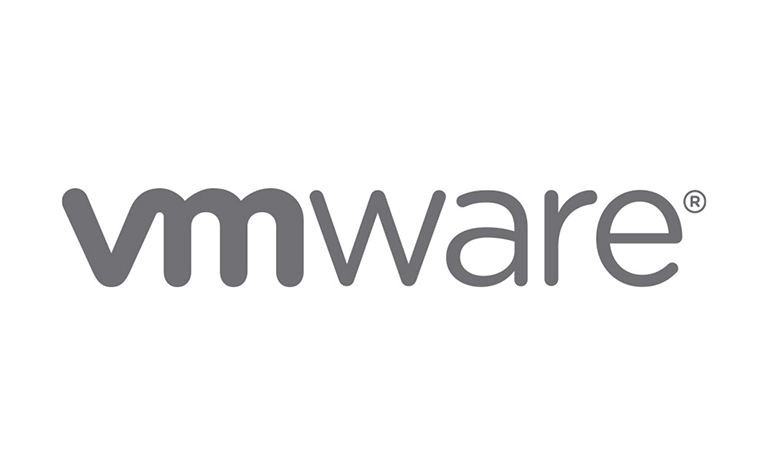A data center power whip is a cable that runs underneath a data center that evenly distributes the power received from a PDU (Power Distribution Unit). So it manages the electrical supply for:
- Computers
- Servers
- Networking devices
Each application requires a significant electrical output, which could be dangerous for your company. However, since PDUs help with power distribution, they create a safer and more efficient environment. Today, the most common solutions include overhead busway systems, intelligent PDUs, and intelligent power management software, working together seamlessly:
- Power management software lets you baseline, monitor, and report energy usage and environmental conditions at any level — data center, rack, department, and equipment type. It also provides centralized monitoring, graceful OS shutdown, outlet control, and powerful analytics of your costs, line capacities, carbon footprint, and rack temperature.
- Overhead busway systems comprise busway sections (straight lengths containing busbars and a slot for continuous access) and tap boxes (plug-in units containing circuit protection and wiring devices). Systems are available for up to 400 amps and 600 volts and AC and DC.
- Intelligent PDUs include switched, non-switched, and metered PDUs and inline meters that provide environment and power metering, monitoring, and management.
Different Types of Data Center Power Whips
Since various businesses have different applications, it’s essential to have cords compatible with these processes. So, we’ll be looking at different data center power whips and how they can benefit your business. A typical rack PDU has three input lines and three circuits (L1 + N, L2 + N, and L3 + N). In North America, the National Electrical Code (NEC) requires branch circuits to be protected from overloads at 20A or less. Therefore, each of the three circuits has a 20A circuit breaker (or fuse). Intelligent rack PDUs may monitor the circuit breakers and send alerts when a circuit breaker gets close to tripping. Intelligent rack PDUs may also monitor the three lines and send alerts if the lines become unbalanced. For example, if 20A loads were plugged into circuits #1 (L1 + N) and #2 (L2 + N), but there wasn’t any load in circuit #3, this would leave L3 out of balance with L1 and L2. Such imbalances can overload the neutral wire and cause problems such as harmonics.
Type LFMC Cable
LMFC, or liquid-tight flexible metal conduit cables, are solid and durable cables that are favorites among data centers. The cord is made from corrosion-resistant steel, making it resistant to certain acids and sunlight exposure. These PDUs are required when applications require protection from liquids, moisture, or solid materials.
Flexible Metal Conduit
Depending on where your business is located, you may be unable to use Type LMFC cables. In that case, the next best option is Flexible Metal Conduit cables. However, the main difference between the two cables is their preferred use. Type LMFC cables can be used indoors or outdoors, while Flexible Metal Conduit cables must be used exclusively indoors. The material these PDUs are made from isn’t suitable for wet environments.
SO Cord (SOOW) Cable
SO cords are another popular cable on the market because they can be used for various applications. The most popular SO cords are SOOW. SOOW cables are great for industrial and office use, so you’ll most likely have them in your warehouses or office spaces to enable efficient power control. Thanks to the rubber material they’re made of, these cables are also highly durable.
Type TC – Tray Cable
Type TC – Tray cables are STOOW cords with resistant properties like SOOW cables. However, when they’re exposed to high temperatures, they become deformed, hindering technological systems. When using these cords, avoid other extreme chemicals and oils. Instead, they can be used for portable lights and power extensions.
Feeder Cable
Sometimes, you’ll need cables to provide an extra power supply for specific business tasks. That’s where feeder cables come in. You can use them to redistribute power from your PDUs to your RPP (Remote Power Panel), increasing the flexibility and efficiency of your power supply.
Benefits of Data Center Power Whips
Efficiency is a crucial component of your IT infrastructure, and using PDUs can ensure that you meet your requirements. Here are some of the benefits of using PDUs in your business.
Safety
One of the biggest concerns when running equipment with high electrical output is safety. You don’t want to compromise your system due to its inefficient output. However, using data center power whips distributes your energy output evenly, removing any potential dangers from electrical overuse.
Lower Operating Costs
When constantly running machinery or data centers, you’ll be in for a high electric bill each month if your energy output isn’t managed correctly. Since PDUs efficiently distribute the energy used by specific applications, they can help lower your electric bills each month, leaving you with extra money in your pockets.
UL Listed
Cutting corners is one of the reasons why some businesses fail. Business owners want to be successful so badly that they’ll do it by any means necessary. However, it’s something you can’t afford to do regarding your IT infrastructure. The power whips you use must be UL-listed. This certification guarantees the product you’re using has gone through strict testing to meet specific requirements. Using data center power whips with this label, you can ensure your IT system operates safely and efficiently.





